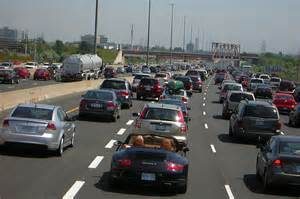 Unfortunately, more drivers are operating vehicles without insurance, and for several reasons other than traditional ones. Ride share and cost sharing businesses will be tested regarding whether this arrangement constitutes a livery service, which is excluded from coverage under the family automobile policy, or a favor/carpool, covered.
Unfortunately, more drivers are operating vehicles without insurance, and for several reasons other than traditional ones. Ride share and cost sharing businesses will be tested regarding whether this arrangement constitutes a livery service, which is excluded from coverage under the family automobile policy, or a favor/carpool, covered.
With ride sharing and the anemic job market, recent graduates do not own cars. They also do not purchase automobile insurance. When they borrow their friend’s car or rent a car, they personally are not covered for liability.
Many consumers have reduced liability limits in an attempt to reduce premium, a cost savings necessity.
So, the trend is for fewer insured drivers, and lower limits of liability.
Protect yourself with higher uninsured and under-insured motorist liability.
What does this do? Uninsured motorist liability under your policy steps in and covers the other driver as though they were insured by your company and pays you for damages. Now, the irony is: your company will defend the other driver against your legal action too. But, the other driver winds up having some insurance this way.
Under-insured insurance is similar, but only adds limits to the existing inadequate policy of the other driver.
Raise your uninsured motorist limits at least to the levels of your policy limits. You and your employees should enjoy the same protection you’re providing for others.
Recent court decisions affect what is known as “stacking”. Suppose an uninsured motorist wrecks your thirty thousand dollar car. You have a twenty thousand dollar property damage limit on your uninsured motorist coverage and no physical damage coverage. Your company will pay twenty thousand dollars for damages. Stacking allows you to claim two uninsured motorist limits because you have two cars on your policies. Now you have forty thousand dollars available.
So far, most states require you to have two policies to collect two uninsured motorist claims. This requirement is under scrutiny now.





